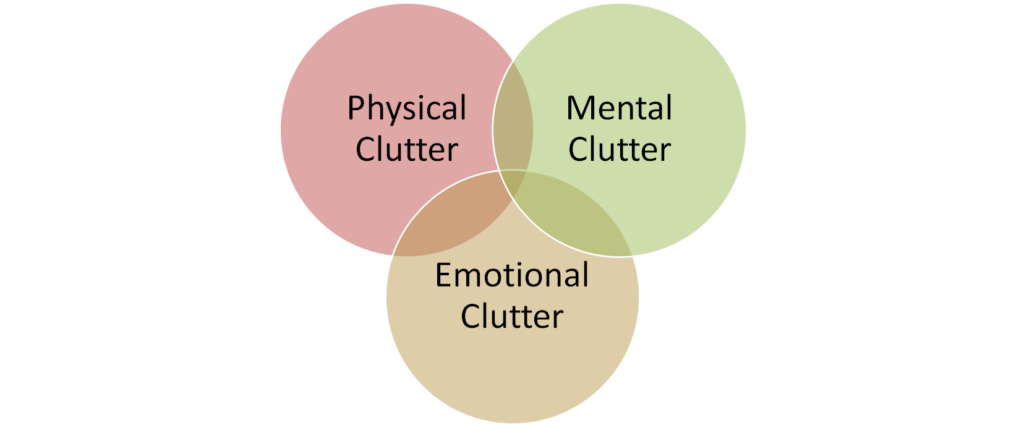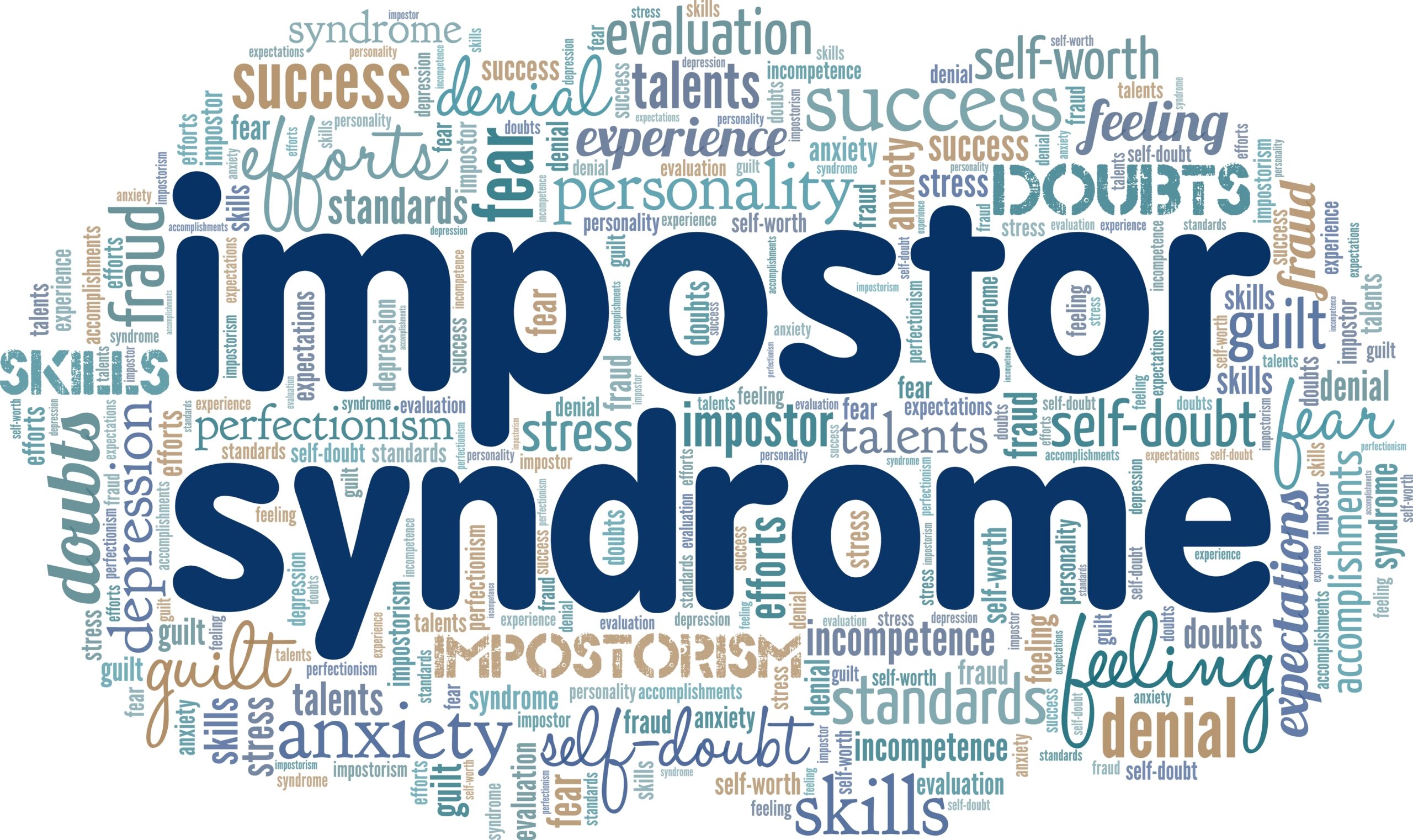


Clear the clutter – physical, mental, and emotional.
Let’s first explore productivity. Productivity, simply put, is the ratio of output to input.
The higher the output compared to input, the higher that productivity is measured; however increasing productivity is more easily said than actually done. Not all output and input is easily quantifiable, especially personal effort, energy, and opportunity costs.
I often see and hear leaders use time as a measurement of input in the productivity equation. The hope is that, as more time is devoted to a project, the output will increase and therefore so will the productivity quotient. But I’m sure many of us can relate to several projects where not all hours spent working on a project necessarily result in “productive time.”
What’s productive time? My definition is the time that is spent in peak flow tasks and completing those tasks at peak performance.
Peak performance is achieved through immense concentration and focus on the tasks at hand. People working in periods of peak performance are able to achieve more. Individuals working in periods of peak performance spend, on average, much less time completing tasks than individuals who are frequently interrupted, unorganized, and overall unable to focus.
So, focus + concentration = peak performance.
And increased peak performance = increased productivity.
Therefore, one key element to tap into, or hack, into productivity is to determine what methods can increase focus and concentration. Here’s where the art of decluttering comes in.
Decluttering your physical, mental, and emotional space will lead to greater productivity.
Clutter is anything that is in a mess – untidy, unkept, unpurposeful. The more our physical spaces, our mental spaces, and our emotional spaces, are cluttered, the more difficult it is to stay focused and concentrated on the tasks we need to complete.
Clearing the clutter will help you achieve more states of peak performance that will in turn create more time in your day. But it will take more time in the short term to achieve long term positive results.
And therefore, the suggested methods below will help you work smarter, but not harder. So if you are already pretty clutter free, go on about your day and kudos to you! But if you are like most of us, at least one of these areas is negatively impacting your life so read on.

Physical clutter
Physical clutter is everything you see around you that is arranged in a method in which it makes it difficult to know what it is and what purpose it serves. Everyone defines physical clutter as something different. For some, stacks of paper on a desk may seem disorganized, but others will characterize it as an “organized mess” because they will know where from the stack to pull the paper they often need!
There are many methods out there to clear clutter – from The Home Edit style of fancy boxes and organization tools all the way through the KonMari method of mass elimination of most items. I find that most people are somewhere in between – trying to find the right balance of what to get rid of and what to keep organized.
Start with your work space at home – where do you spend the most time getting some of those productive tasks you have in mind done?
Clear the clutter there first. Then move on to a method that works for you for the rest of your space – whether that is by room or by type of item.
Mental clutter
Mental clutter is the combination of the intangible – the emails, the enormous to-do tasks built up in your mind, the various projects that keep seem to never end. Let’s tackle these all one at a time.
Emails tend to create excessive mental clutter because for most people, their personal and professional email inboxes collect information non-stop and are a major source of discontent. Without having a consistent method in place to tackle emails, it can cloud one’s judgement on a daily basis. It’s difficult to focus on tasks when plagued by the distress of the dreaded email inbox! So, get a process in place. My favorite method of email management is the 4Ds – DO, DEFER, DELEGATE, and DELETE. Practice this every time you tackle your emails and see how your efficiency increases.
To Do Lists can run rampant in our minds and take over. Start with getting them out of your head and onto something – paper, electronic file, app, post-it, journal, wherever but out of your head! The more we clutter our minds with a long list of tasks, the harder it is to remember, prioritize, and focus on what needs to get done.
The trick here is that you need a system to be checking the to-do lists regularly and to act on them. I prefer calendaring time twice a day to tackle the jungle of to do lists.
Projects require prioritization and small action items to move you towards a larger goal. I recently used my Productivity Planner to tackle the project of switching health insurance for my family.
My challenge was that I was getting lost in too much choice. So I broke up the project into small research tasks – speaking with friends, family, looking online, and timing my tasks accordingly and setting limits to the research. Writing all the steps down in a planner helped break down the choices and free up my mind to focus on other priorities!
Emotional clutter
Emotional clutter is made up of thoughts and feelings that we struggle with letting go, and can sometimes plague our daily lives where we struggle with getting things done. It is the most challenging of the clutter types to tackle and for most people, the most difficult due to the individuality and complexity. Emotional clutter also can be tied into mental and physical clutter as it can be the source, or the catalyst, for the other clutter types.
There are a variety of methods to try to tackle emotional clutter, but it first starts with self-awareness. So ask yourself: What keeps me up at night? What am I fearful of and how are those fears getting in the way of my productivity? What makes me anxious and how is that anxiety also making me feel stuck? Going deeper into this area and starting here, while more arduous, can have a profound impact of tackling all clutter. Take the questions above and journal your answers surrounding your emotional clutter.
You may find that there are aspects of all 3 – physical, mental, and emotional clutter – that you need to clear but start small with tackling 1 first.
Evaluate how clearing some clutter helps you focus better. Journal these small accomplishments and reward yourself for clearing some of it. And then start the process all over again. This positive feedback loop will also contribute to creating peak performance.
No matter which type of clutter is getting in your way, I’m here to help. Contact me at aashi@iriseexecutivecoaching.com.
Aashi Arora, MHA, ACC
 Preparing to Step Into CEO Roles
May 30, 2023
Preparing to Step Into CEO Roles
May 30, 2023
 Tackle Imposter Syndrome by Prioritizing This Relationship
May 12, 2023
Tackle Imposter Syndrome by Prioritizing This Relationship
May 12, 2023
 How Do You Know It’s Imposter Syndrome?
Mar 08, 2023
How Do You Know It’s Imposter Syndrome?
Mar 08, 2023
 Imposter Syndrome During a Job Transition
Jan 20, 2023
Imposter Syndrome During a Job Transition
Jan 20, 2023
 4 Strategies for A Successful Interview
Oct 19, 2022
4 Strategies for A Successful Interview
Oct 19, 2022
Please subscribe to receive a pdf of 15 Ways to Tackle Imposter Syndrome
